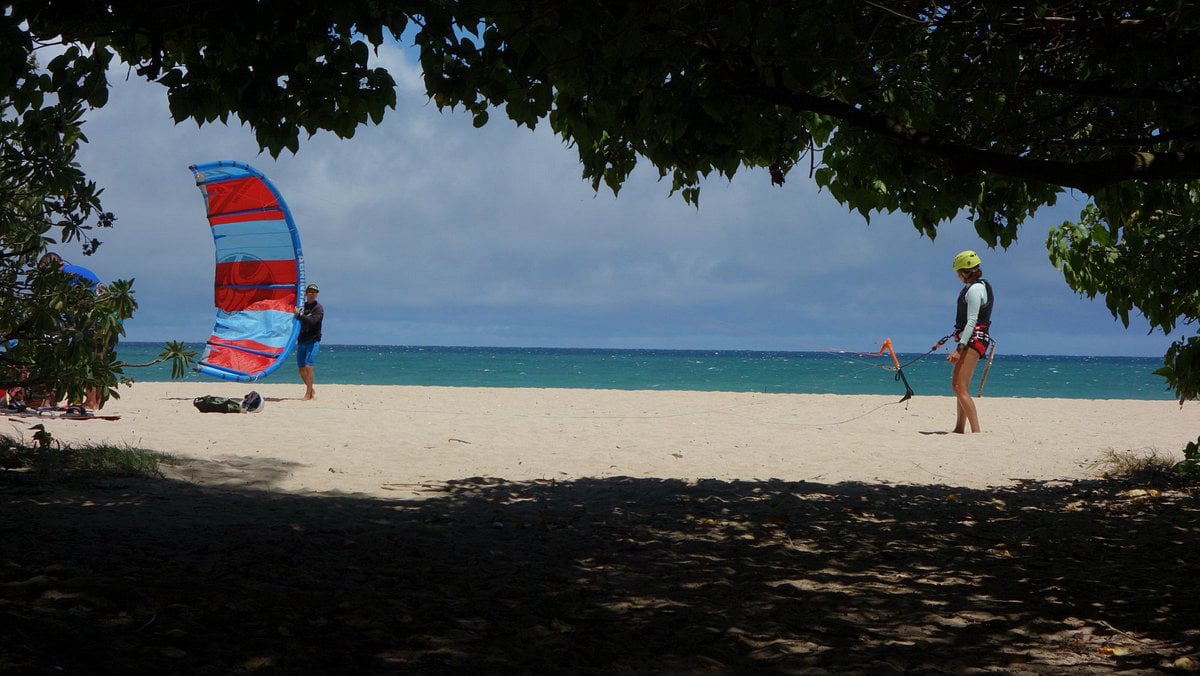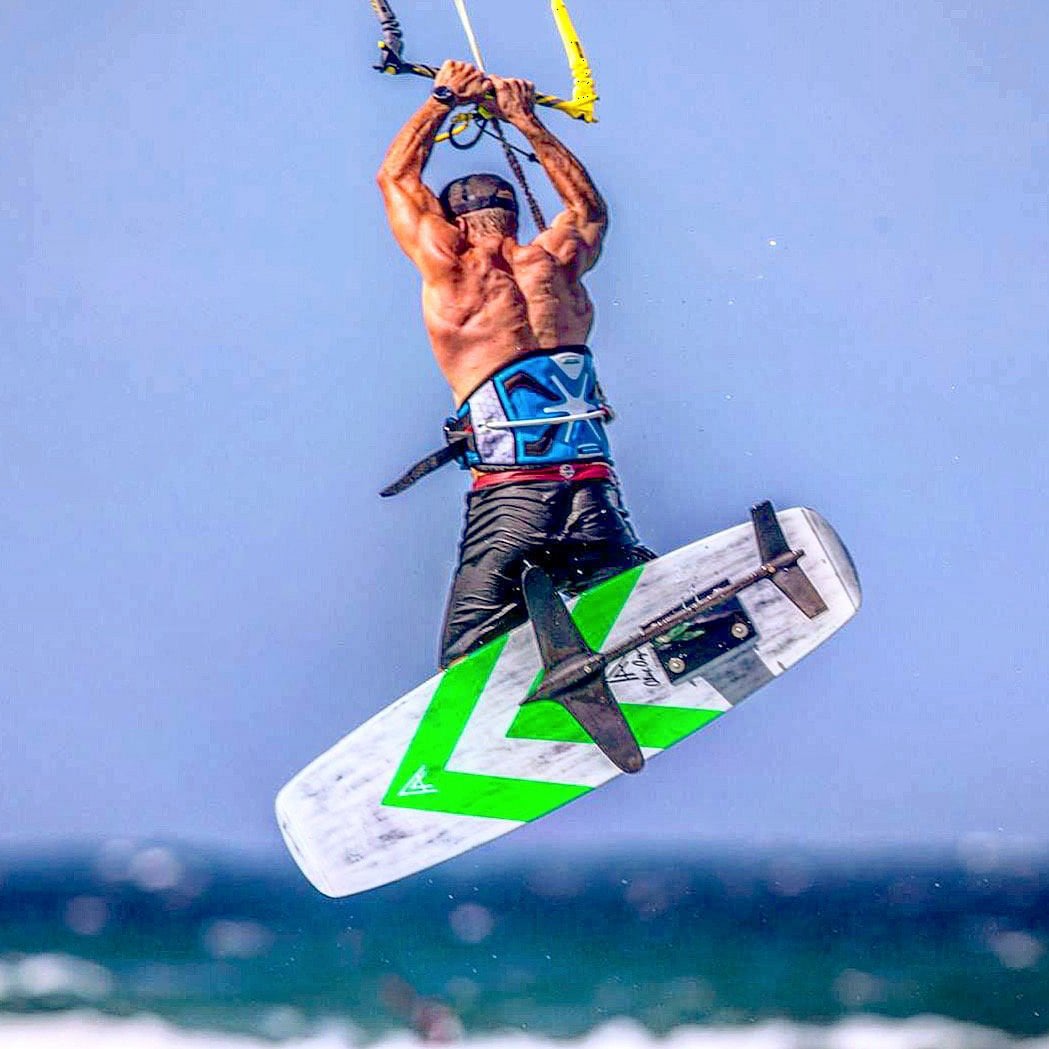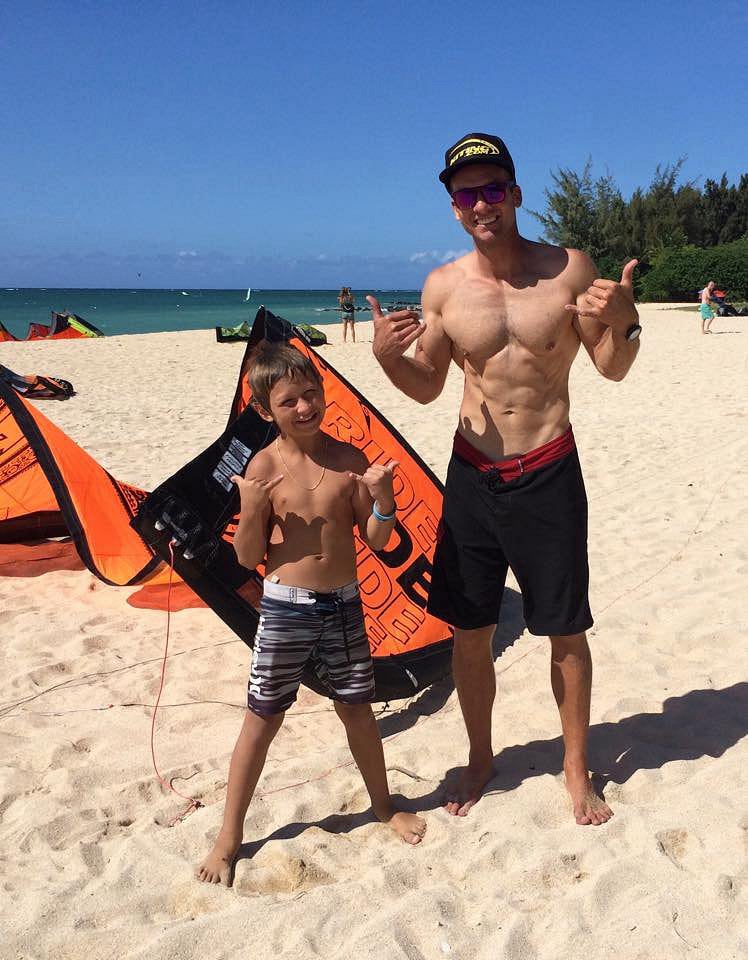
Choose the right kitesurfing gear for your Adelaide adventures and discover essential tips that could transform your experience on the water.
Adelaide, the capital city of South Australia, is situated on the eastern shore of the Gulf St Vincent, surrounded by the picturesque Adelaide Hills to the east and the expansive plains to the west. Its geography is characterized by a mix of coastal and hilly landscapes, providing a unique blend of urban and natural environments. The city is laid out in a grid pattern, a design choice that reflects the vision of its founder, Colonel William Light, who established it in 1836. This planning has contributed to Adelaide's reputation as one of the most livable cities in Australia, with ample green spaces, parks, and gardens that enhance its urban environment.
As of the latest estimates, Adelaide's population stands at around 1.3 million, making it the fifth-largest city in Australia. The city is known for its multicultural community, with residents originating from various parts of the world, contributing to a rich tapestry of cultural diversity. This population is concentrated within the metropolitan area, which extends outward from the city center. The demographic composition of Adelaide includes a significant number of students, as the city is home to several universities and educational institutions, which attract both domestic and international students.
Adelaide experiences a Mediterranean climate characterized by hot, dry summers and mild, wet winters. Summer temperatures often reach the mid-30s Celsius (mid-90s Fahrenheit), while winter temperatures range from around 8°C to 15°C (46°F to 59°F). Rainfall is more frequent in the winter months, providing much-needed moisture to the region. This pleasant climate makes Adelaide an ideal location for outdoor activities and events, which are abundant throughout the year, including festivals, markets, and cultural celebrations, reflecting the city's vibrant community spirit.
The city boasts numerous major attractions that draw both residents and tourists alike. Among these are the iconic Adelaide Oval, renowned for its cricket and AFL matches, the Adelaide Botanic Garden, and the bustling Central Market, which is a hub for fresh produce and local delicacies. Adelaide is also famous for its numerous wine regions, including the Barossa Valley and McLaren Vale, which are a short drive away. Additionally, the city is home to several prominent educational institutions, including the University of Adelaide, Flinders University, and the University of South Australia, as well as numerous primary and secondary schools that provide high-quality education. This combination of attractions and institutions makes Adelaide a thriving center for arts, culture, and education in Australia.
When you're gearing up for Kitesurfing Adelaide, the right equipment can make all the difference in your experience on the water. You'll want to consider various factors, like your skill level and the local conditions, to choose the best kite and board for your needs. Safety gear is just as critical, ensuring you stay protected while enjoying the waves. But how do you know which gear is truly essential for your adventures? The answers could elevate your kitesurfing game and keep you safe—let's explore what you need to know.
Essential Kitesurfing Gear
When you're ready to hit the water, having the right kitesurfing gear is crucial for your experience and safety. In RIDE Kitesurfing, you'll want to start with a quality kite that matches your skill level, wind conditions, and riding style.
A harness is also essential, as it connects you to the kite and helps distribute the pull. Make sure you invest in a comfortable and secure harness for maximum enjoyment.
Don't forget about your board! A good kitesurfing board will enhance your performance and stability on the water.
For those looking to diversify, wing foiling lessons can introduce you to a new way of riding, requiring different equipment but still rooted in kitesurfing principles.
Safety gear is equally important. A helmet and impact vest can provide protection against falls and collisions.
Lastly, make sure you have a reliable safety leash to keep your kite under control.
With the right gear, your kitesurfing experience in South Australia will be both thrilling and safe. So gear up, book your kitesurfing lessons, and get ready for an unforgettable adventure!


Selecting the right kite can make all the difference in your kitesurfing experience. With various types and sizes available, it's crucial to match your kite to your skill level and the wind conditions you'll encounter.
Beginners often benefit from larger kites, which provide more power and stability, making it easier to get up on the board. As you progress, you might want to experiment with smaller kites for increased maneuverability and speed.
When choosing a kite, consider the wind strength in Adelaide. A lighter wind day calls for a bigger kite, while stronger winds require a smaller one. You should also think about the type of riding you plan to do. Freeride kites offer versatility, while freestyle kites are designed for tricks and jumps.
Don't forget to factor in your weight, too. Heavier riders will need larger kites to generate enough lift, while lighter riders can get away with smaller models.
RIDE Kitesurfing
1 The Foreshore Opposite Everard Street &,
Lady Gowrie Dr,
Largs Bay SA 5016
Phone: 0417 858 641
Email : info@ridekitesurfing.com.au
Website URL : https://ridekitesurfing.com.au/

Safety equipment is crucial for enjoying kitesurfing while minimizing risks. When you hit the waves, always wear a well-fitted personal flotation device (PFD) or impact vest. This gear not only keeps you buoyant but also protects you from potential impacts.
A helmet is another essential piece; it shields your head from falls and unexpected collisions.
Don't forget about a safety leash. This device connects you to your kite, preventing it from drifting away if you lose control. A reliable quick-release system is equally important; it allows you to detach from your kite quickly in an emergency.
Sunglasses with a secure strap can protect your eyes from the sun and debris. Additionally, wearing a wetsuit can help prevent hypothermia in colder waters while providing a layer of protection from abrasions.
Proper maintenance and care of your kitesurfing gear can significantly extend its lifespan and performance.
Start by rinsing your kite, board, and harness with fresh water after every session to remove salt and sand. This simple step can prevent corrosion and wear.
Check your lines regularly for any signs of fraying or damage. If you notice any issues, replace them immediately to ensure safety.
Store your kite in a cool, dry place, away from direct sunlight, as UV rays can degrade the material over time.
For your board, inspect for dings or scratches. Use a repair kit for minor damages to prevent water from seeping in.
Wax your board regularly to maintain its glide and protect the surface.
Don't forget to clean your harness and safety equipment. Wipe them down and let them dry properly to prevent mildew and odors.
Lastly, keep an eye on your pump and inflate your kite properly every time you head out.